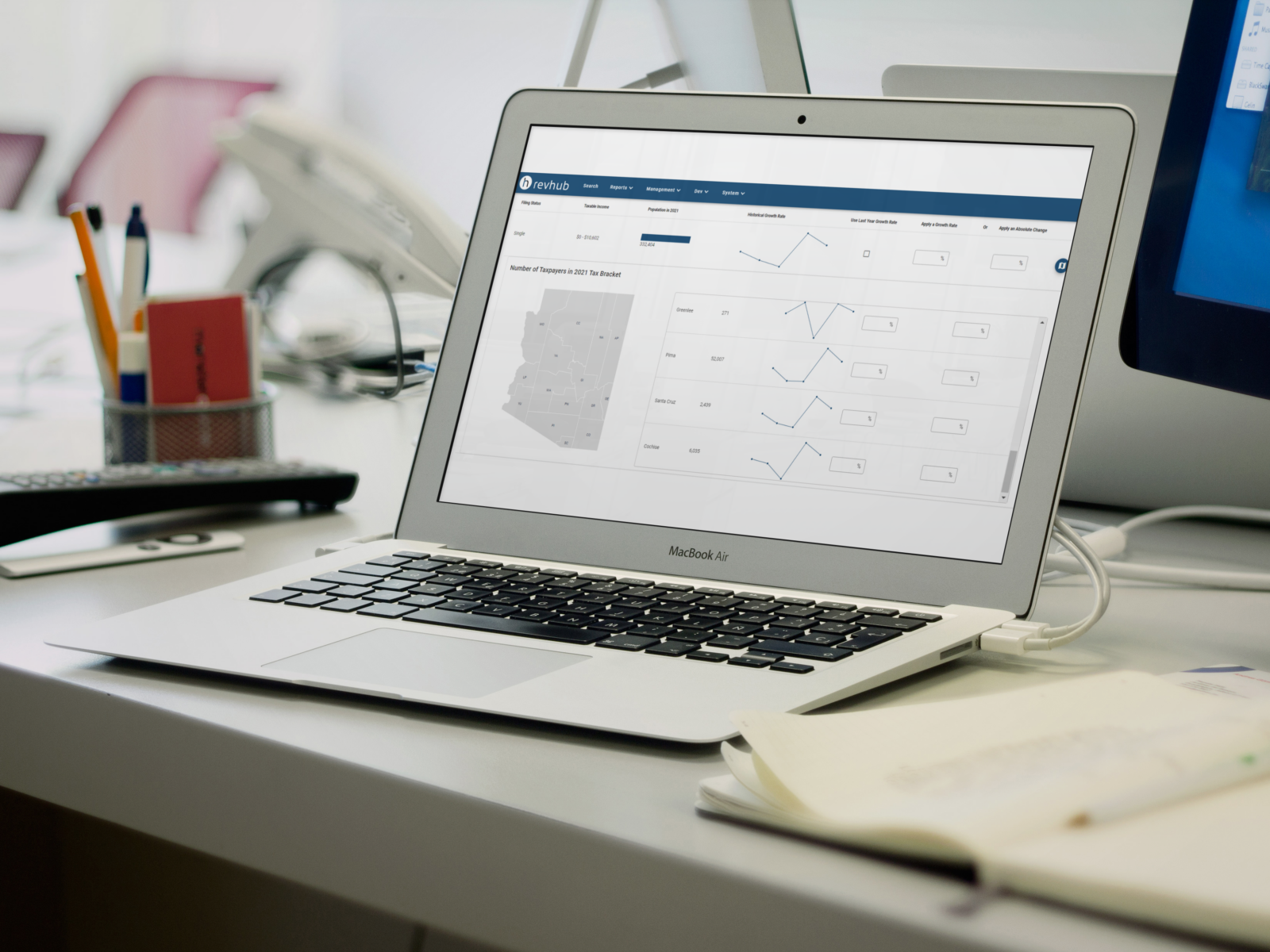Enhancing Tax Policy Analysis with an Embedded Tax Policy Simulator
Enhancing Tax Policy Analysis with an Embedded Tax Policy Simulator
State policymakers routinely propose changes to state tax laws to advance their policy objectives. Naturally, they are interested in the effects of such policies on household demographics and geographies (cities, counties, legislative districts). As repositories of tax filing data, state tax agencies are uniquely positioned to work with staff of legislative and executive branch budget offices to examine the fiscal impacts of potential changes to tax policy, but many will face recurring challenges when doing so. First, the analysis often needs to take place very quickly – sometimes within hours, days, or weeks – which interrupts other strategic projects and initiatives. Moreover, data limitations or sub-optimal technology solutions, including relying on manual spreadsheet modeling or homegrown systems, make analysis of potential policy changes slow and unscalable.
That is why we have embedded the tax policy simulator into our integrated tax system (ITS), RevHub, as part of its native functionality. Because it is embedded, the simulator has immediate access to all tax filing data in the ITS that is constantly being updated as new filings and payments occur. This provides end users immediate access to all data fields on a return, as well as the ability to leverage linkages between taxpayers in one tax type to their activities in other tax types to extend the analysis, particularly in cases where there are potential tax policy calls for changes across more than one tax type. In addition, having access to all data fields allows analysts to estimate revenue impacts not just at an aggregate state level and across certain income groups, but also across taxpayers based on geographic (e.g., municipality, county, legislative district), demographic (single, married, head of household, number of dependents), and economic dimensions as well.
Imagine if the Governor’s office calls and would like to understand the effects of a complex policy change – like estimating a proposed tax reform that lowers and reduces the numbers of personal income tax rates while introducing a new child tax credit. With RevHub Tax Policy Simulator, your agency would be able to not only provide forecasted revenue impacts to the state, but also for every city, county, and income bracket within a matter of minutes.

-Voyatek Leadership Team

